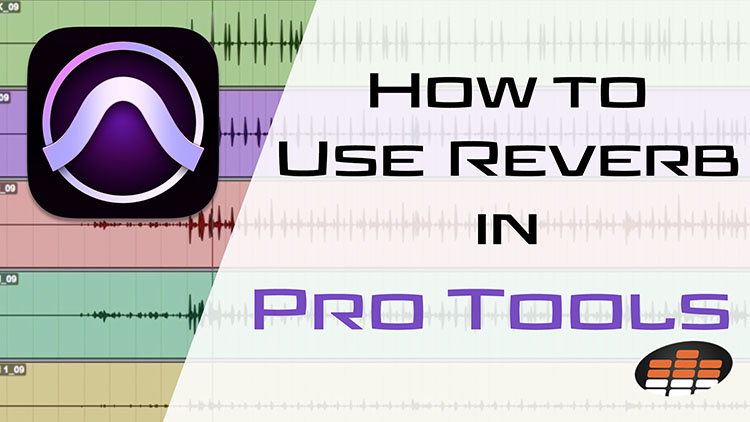Jon Connolly is the most sought-after Pro Tools instructor in the world. Having been with Avid since the company first started out as DigiDesign in the early ‘90s, he quickly became their Product Specialist in Los Angeles, offering Pro Tools installations, training, and support to major studios like Warner Bros., Universal, Capitol, The Village, Record One, Westlake, and more.
Today, Jon is a Pro Tools Master Instructor for Avid, travelling the world and training Pro Tools users of all levels. He also teaches at the world-renowned Berklee College of Music.
In this quick tip, he shows us how to use reverb in Pro Tools!
We use reverb in audio production to emulate what a specific room or space would sound like in real life. Echo chambers were the earliest form of studio reverb. Engineers would set up a loudspeaker and a microphone in the chamber, play material through the speaker, and record the natural reverb with the microphone. With Pro Tools and plugins, the whole process has gotten a lot easier!
There are two main ways to use reverb in Pro Tools. The first is to put a reverb plugin directly on the track you want to effect. Jon shows us how to do this using Pro Tools’s stock D-Verb plugin and one of Avid’s included drum loops. The most important parameter for this method is the dry/wet mix.
At 100% wet, there’s way more reverb than we need. You’ll probably want to take this down all the way to around 30-40% wet, or even lower depending on the effect you’re trying to achieve. This level is totally to taste, so experiment!
The second way to set up reverb in Pro Tools is by using a stereo aux and send. The first step is to create a stereo aux track and name it something relevant, like Reverb. Next, you can add a reverb plugin of your choice to the aux.
From here, find the track you want to add reverb to and send it to the aux. Left-click an available send and choose an open bus. Right-click the send to rename it something like “Reverb bus.” Now, set the input of your stereo aux to “Reverb bus.”
Left-click the send again and it will open up a fader with which you can control the amount of dry signal being sent to your reverb.
This is one of the best ways to use reverb, because you can send multiple tracks to the same reverb aux to be effected together!





